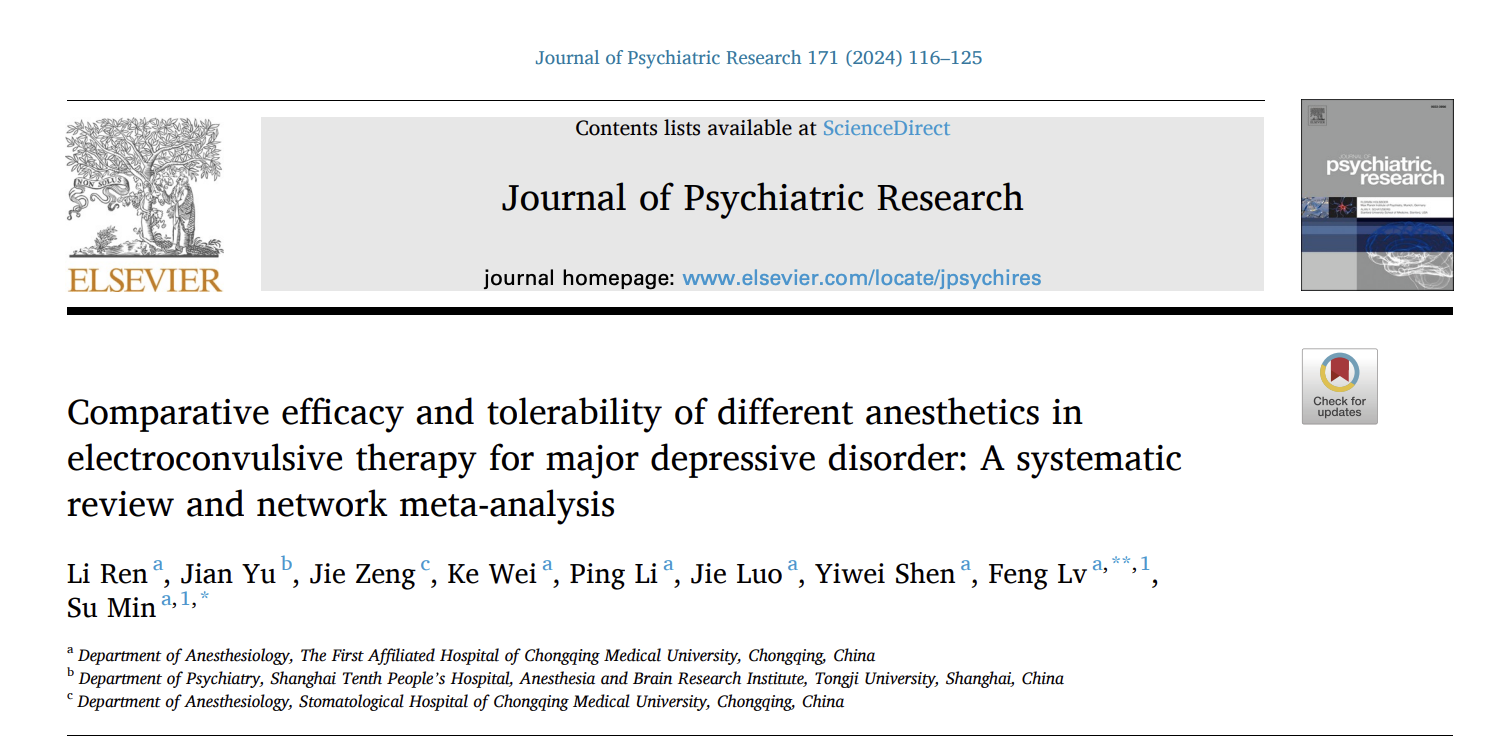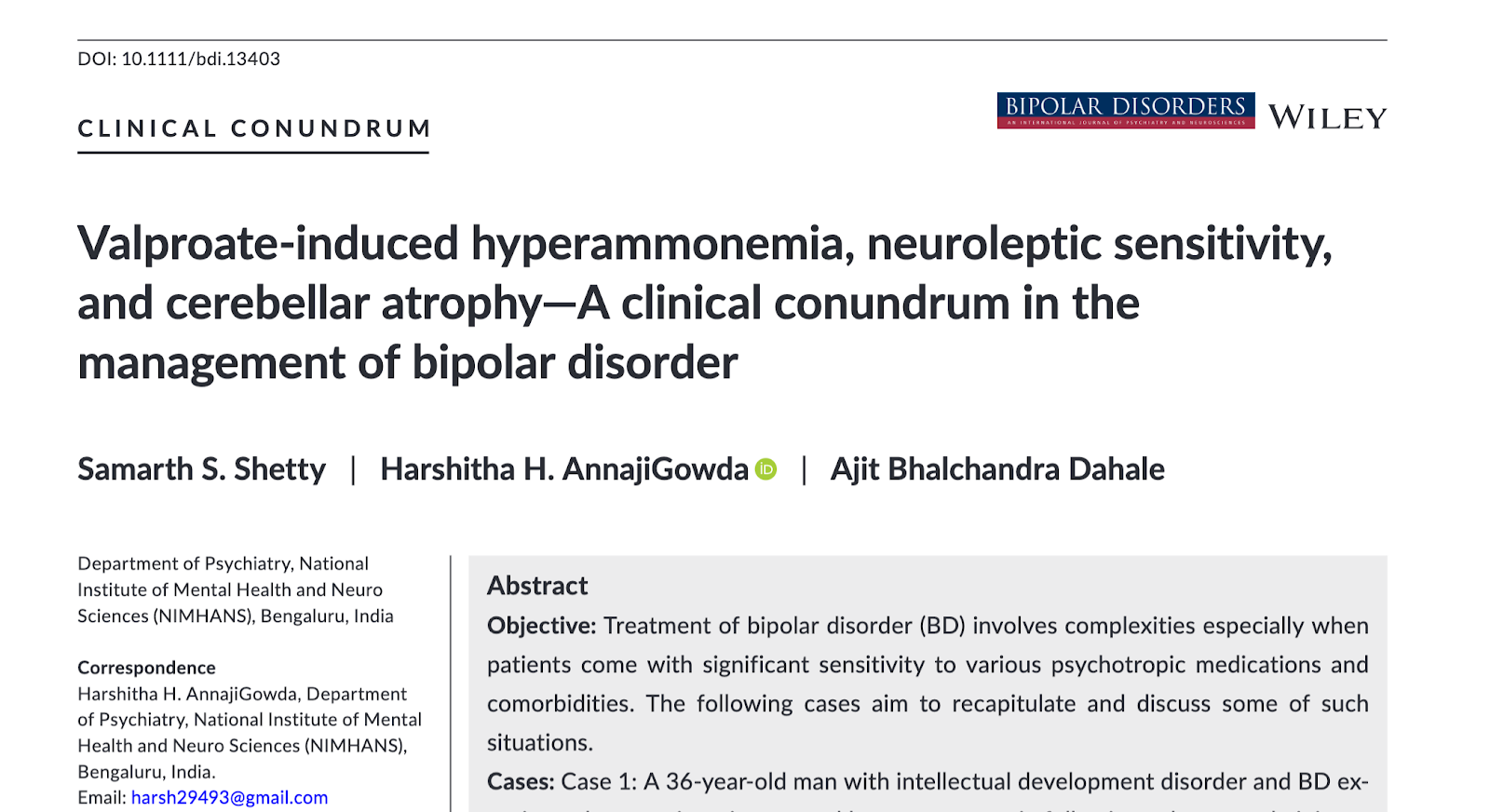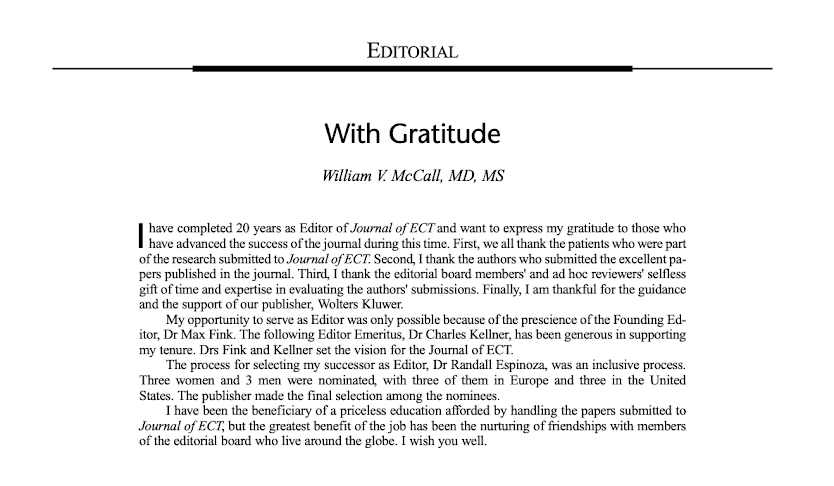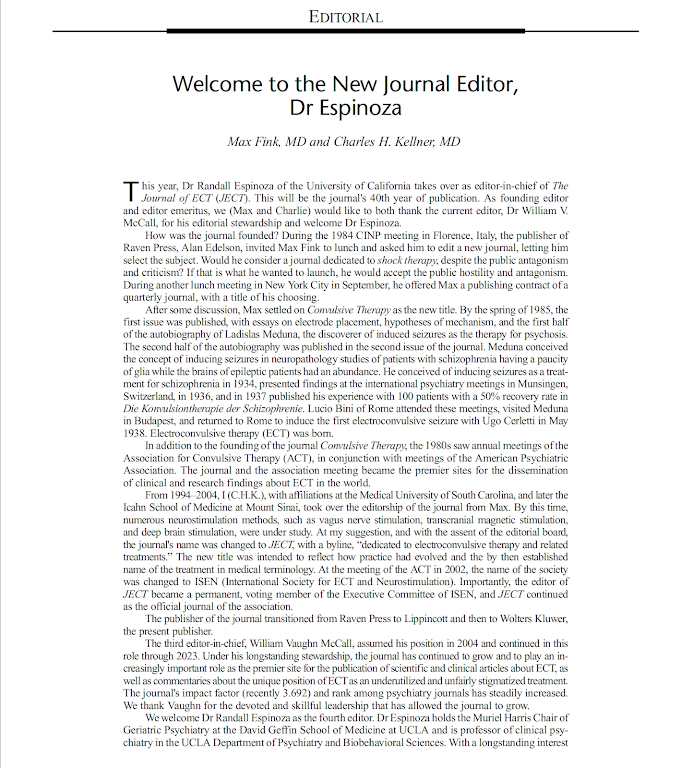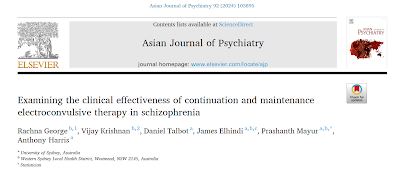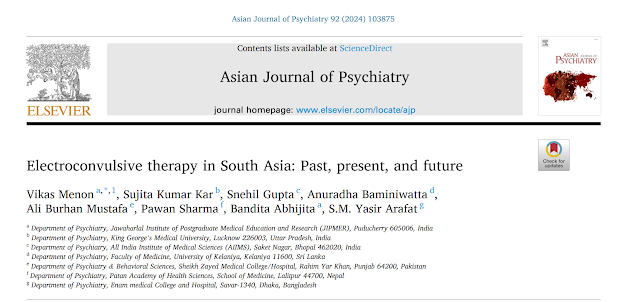Out on PubMed, from clinicians in Turkey, is this study: Oral Complications in Patients With Psychiatric Illness Undergoing Electroconvulsive Therapy in Istanbul, Turkey. Oflezer C, Oflezer Ö, Canbek Ö, Eskil Çiçek Ö, Bahadir H. J ECT. 2024 Jan 16. doi: 10.1097/YCT.0000000000000994. Online ahead of print. PMID: 38227895 The abstract is copied below: ObjectiveDespite advances in pharmacotherapy, electroconvulsive therapy (ECT) remains a mainstay treatment option in psychiatry. This study aims to determine the occurrence of oral injury from ECT modified with the use of an inexpensive, disposable, hand-made oral protector customized to the dental needs of the individual patient. MethodBased on data collected between January 1, 2013, and December 31, 2018, registered patients who had received ECT were evaluated retrospectively. We investigated the incidence of oral complications such as dental fractures, dental avulsion, temporomandibular joint dislocation, jaw pain, and soft tissue, lip,
